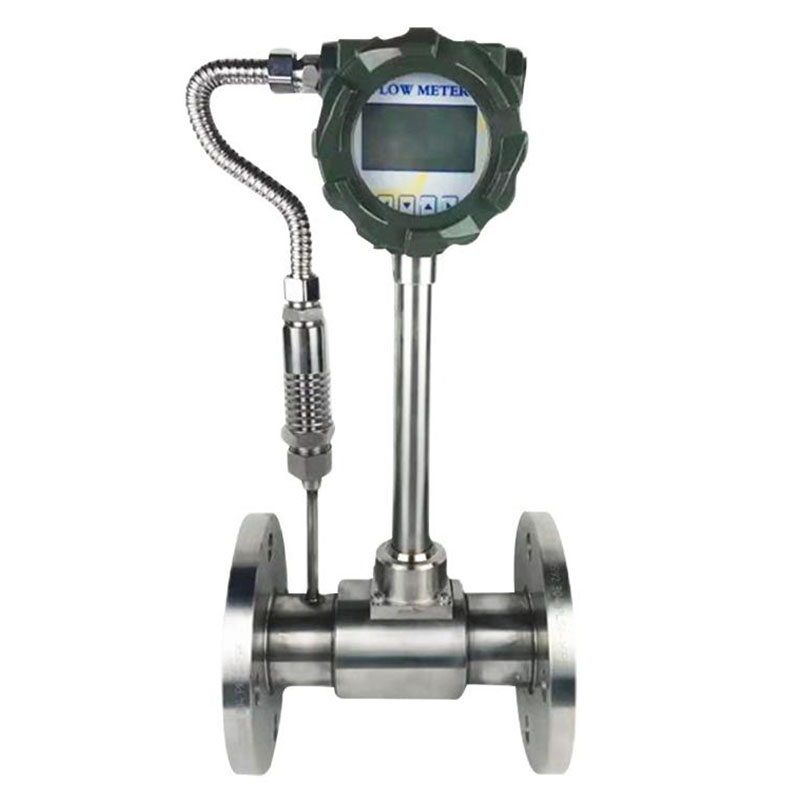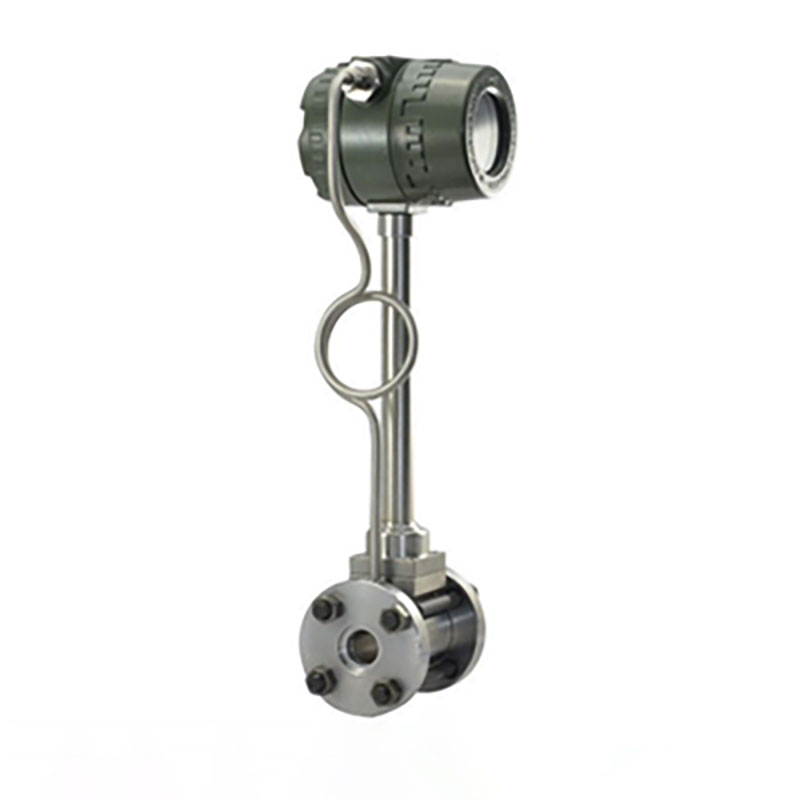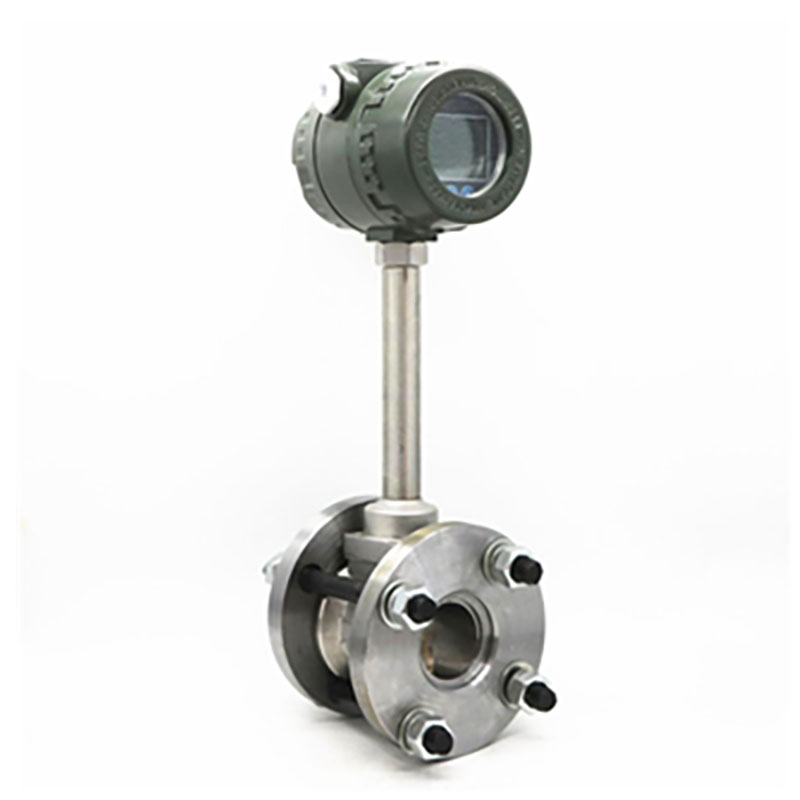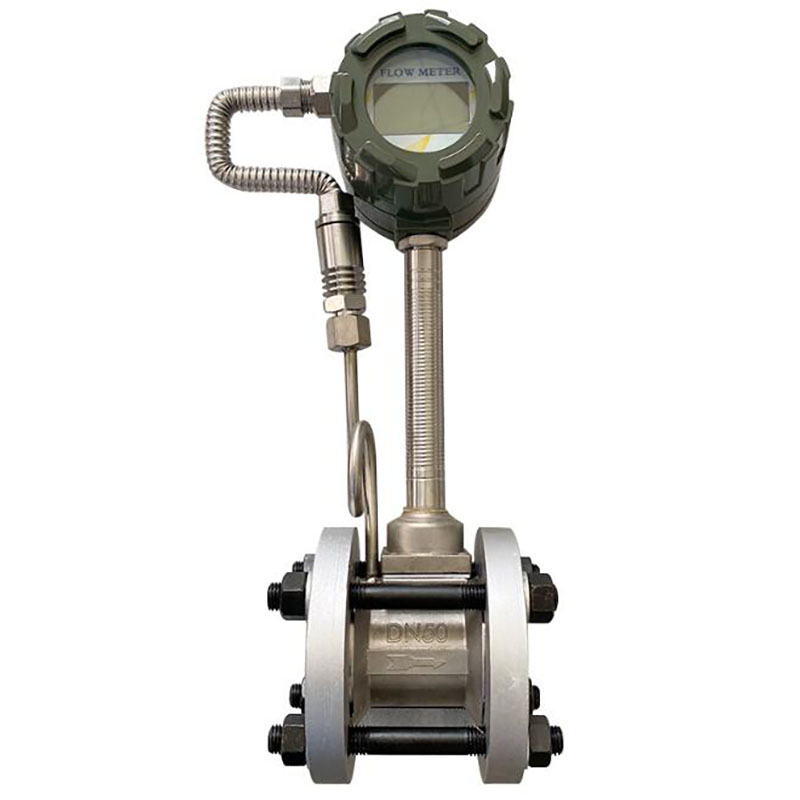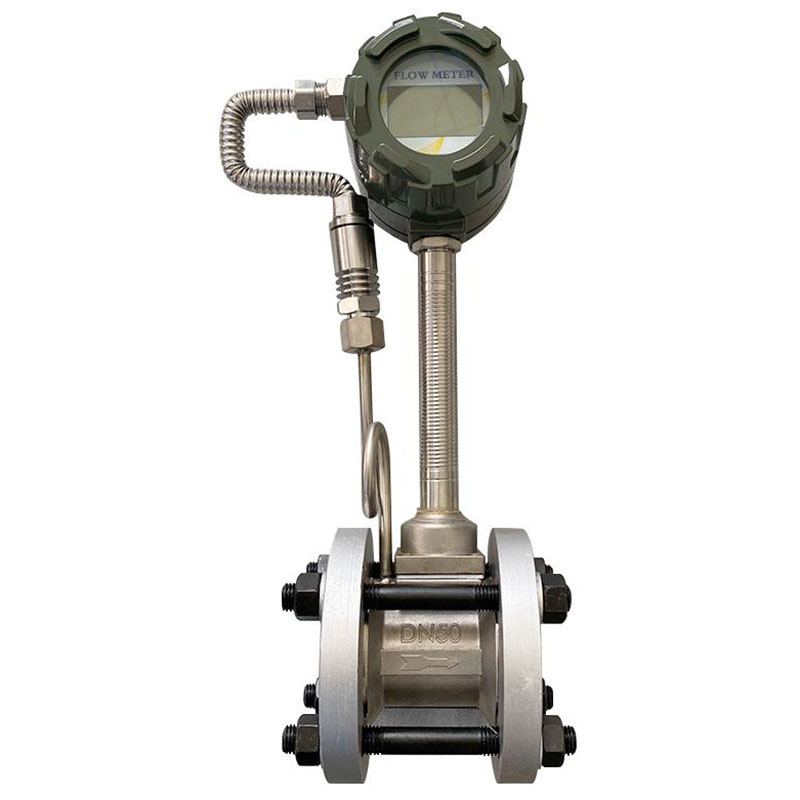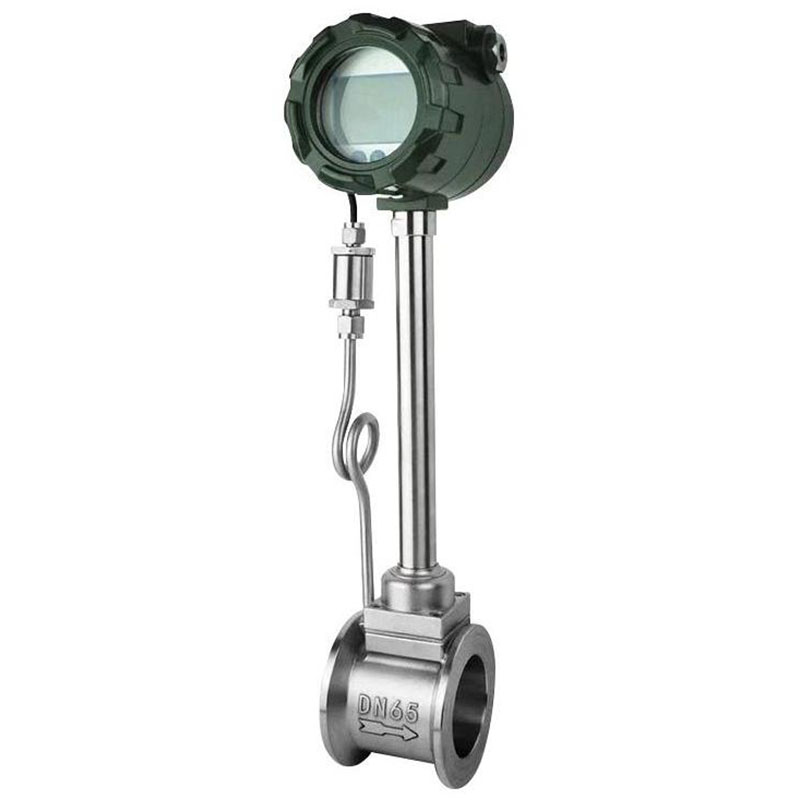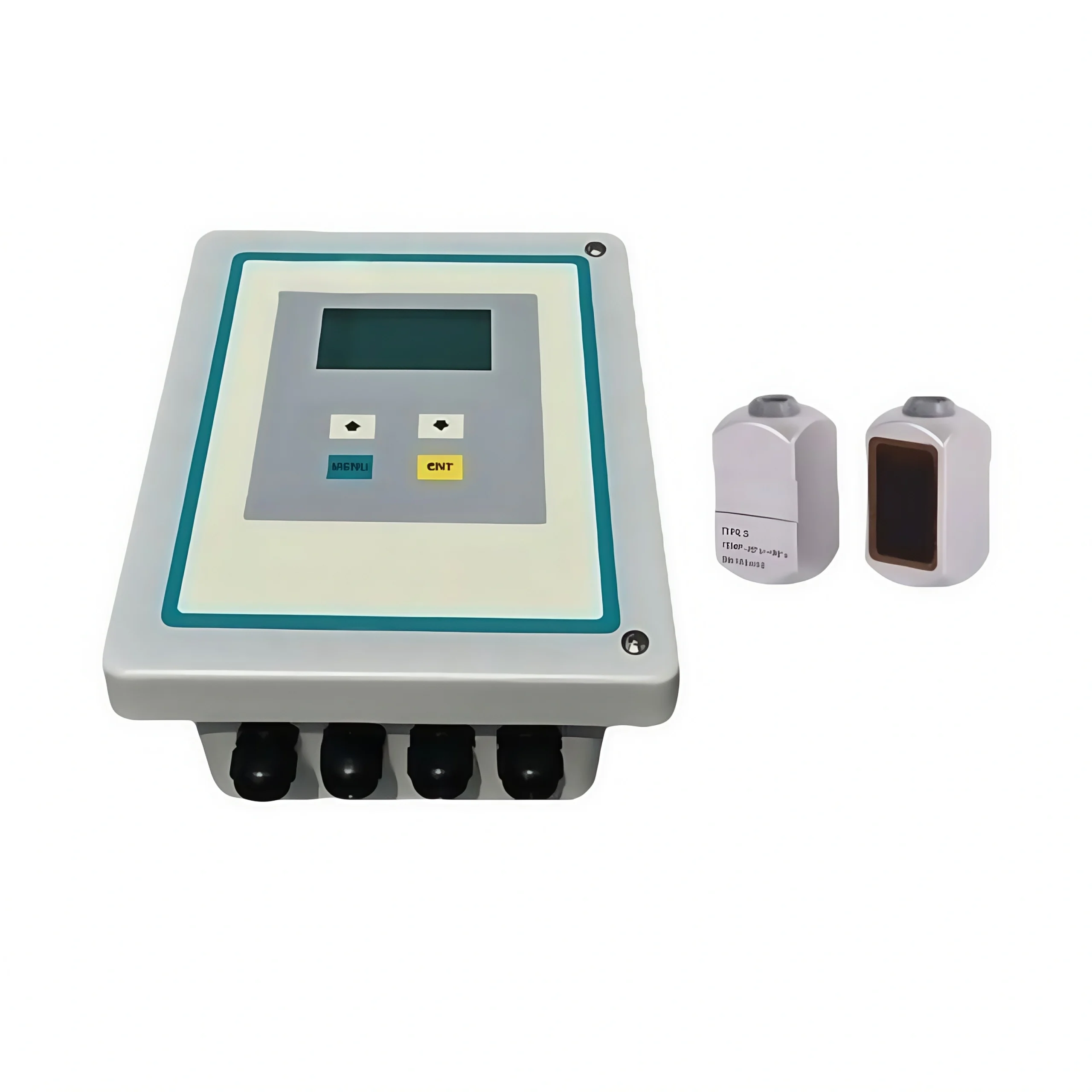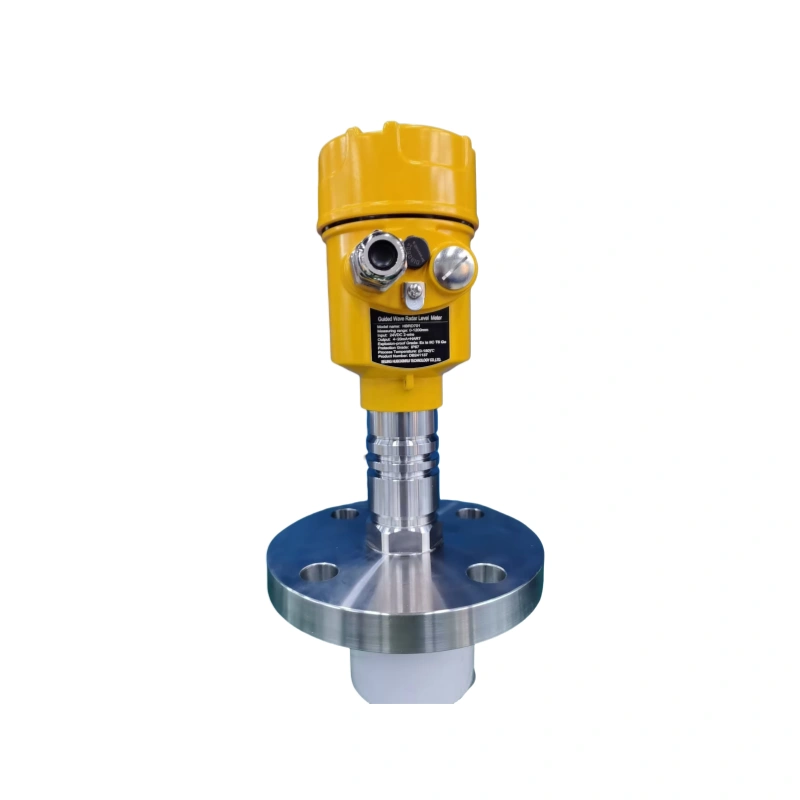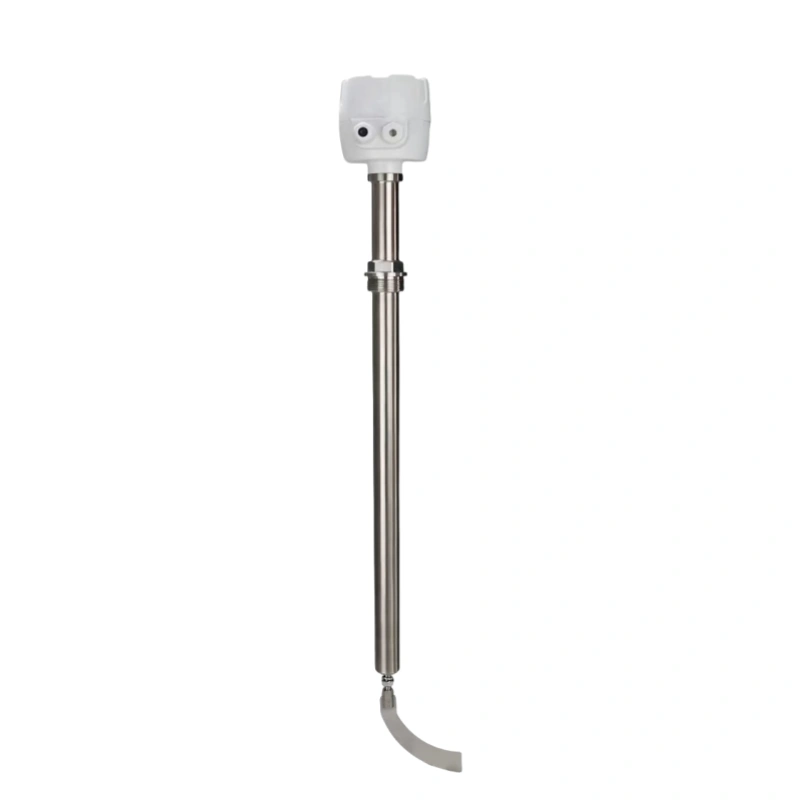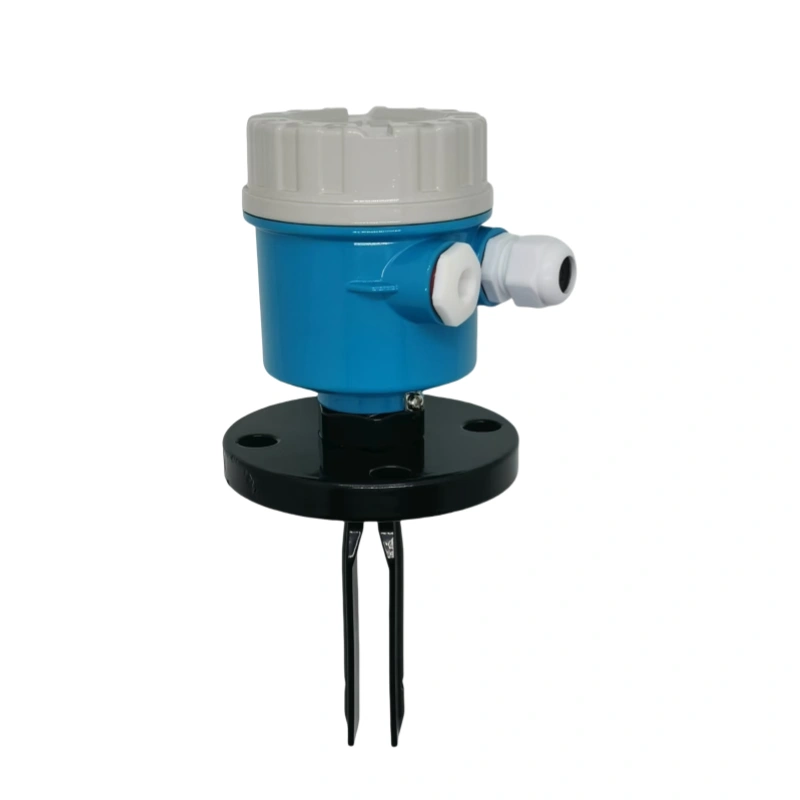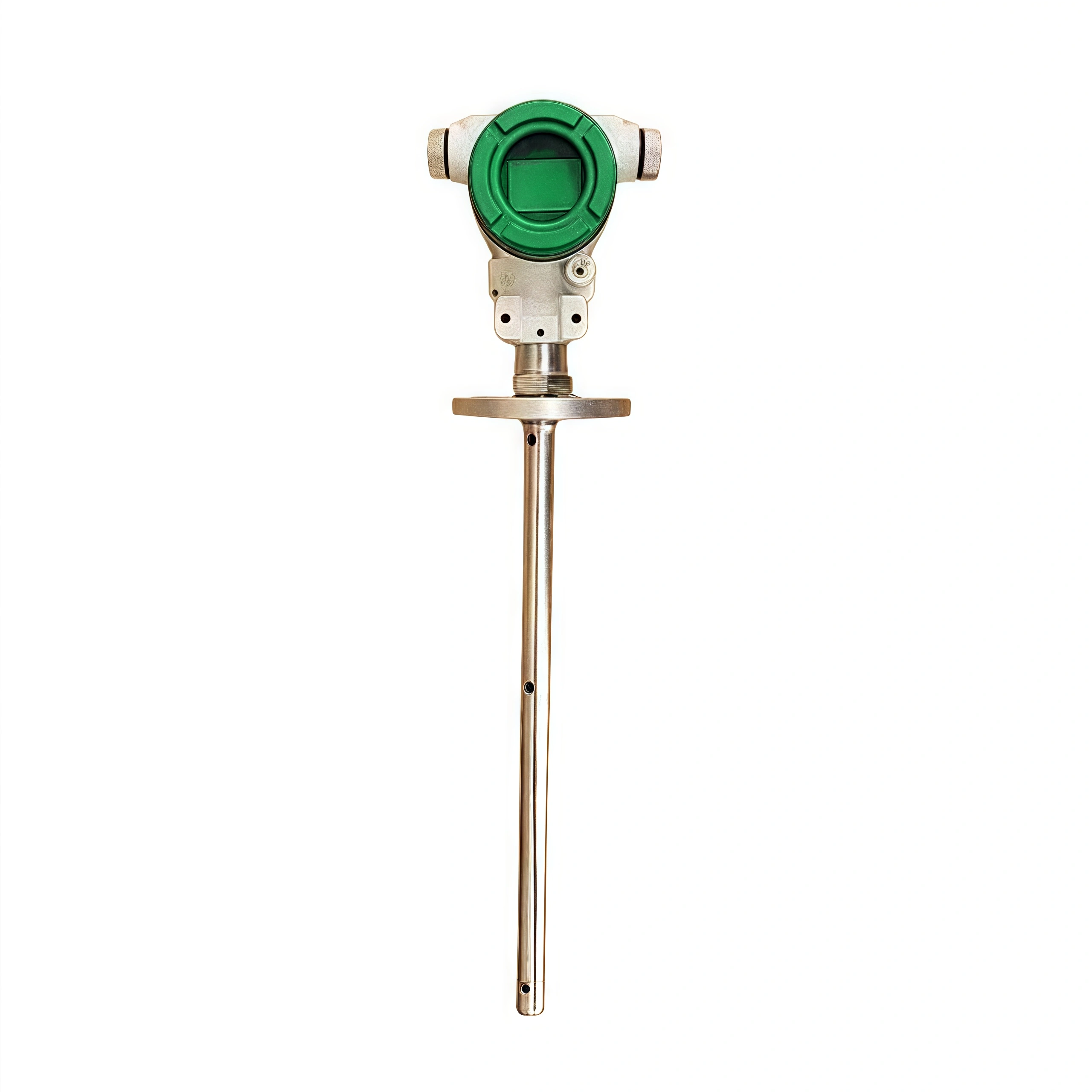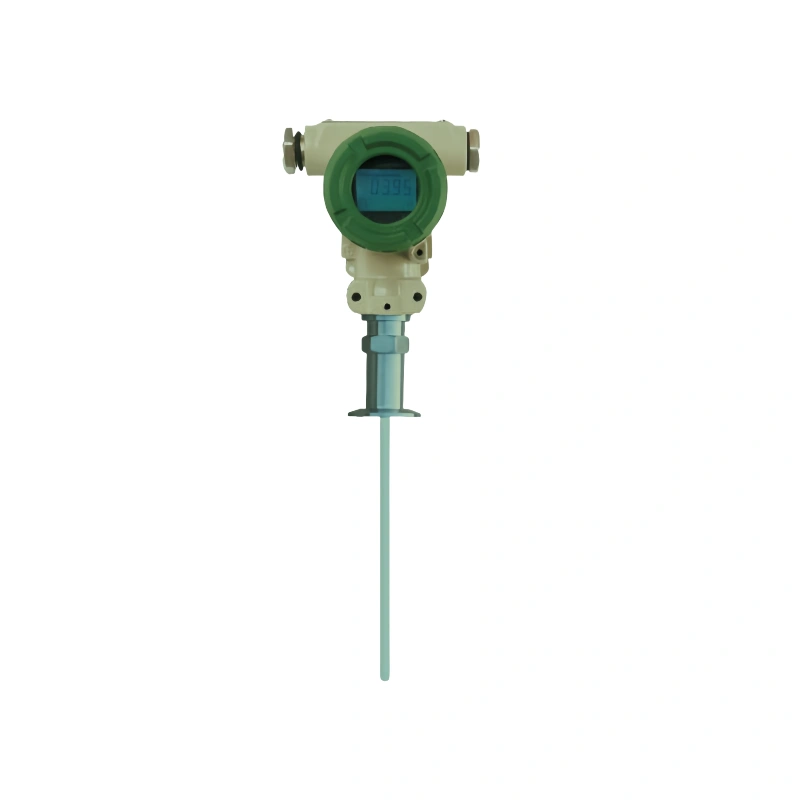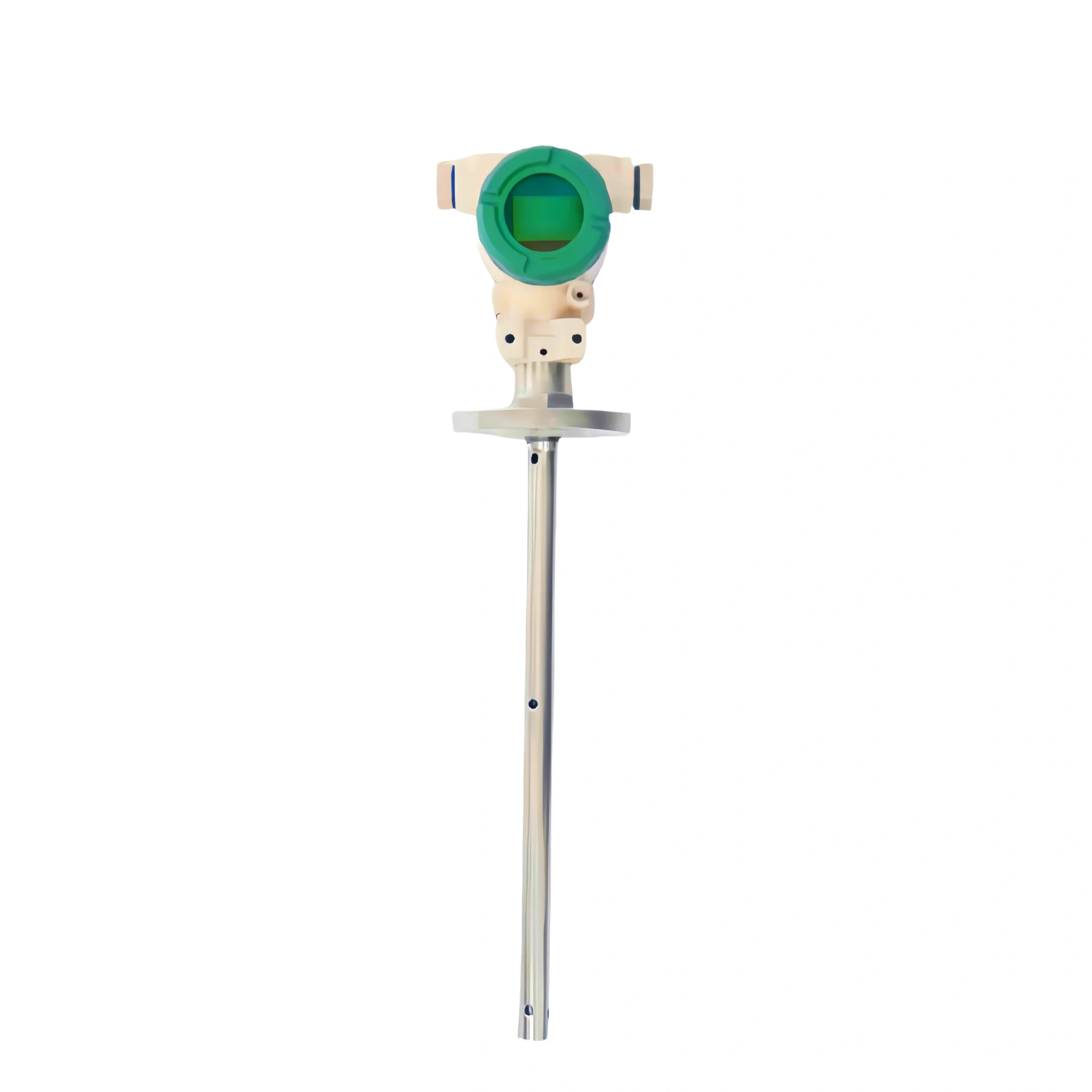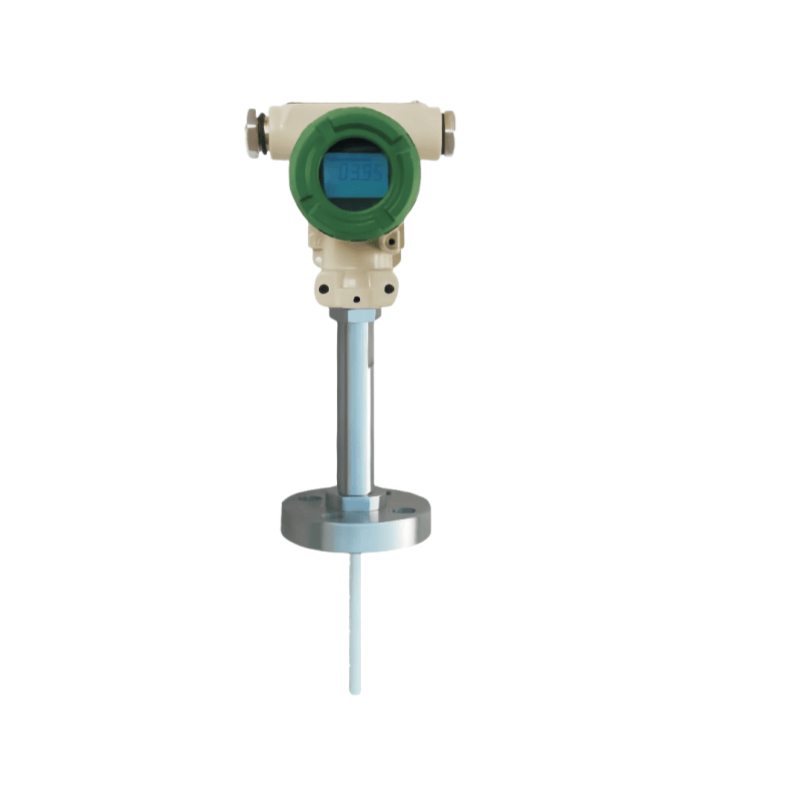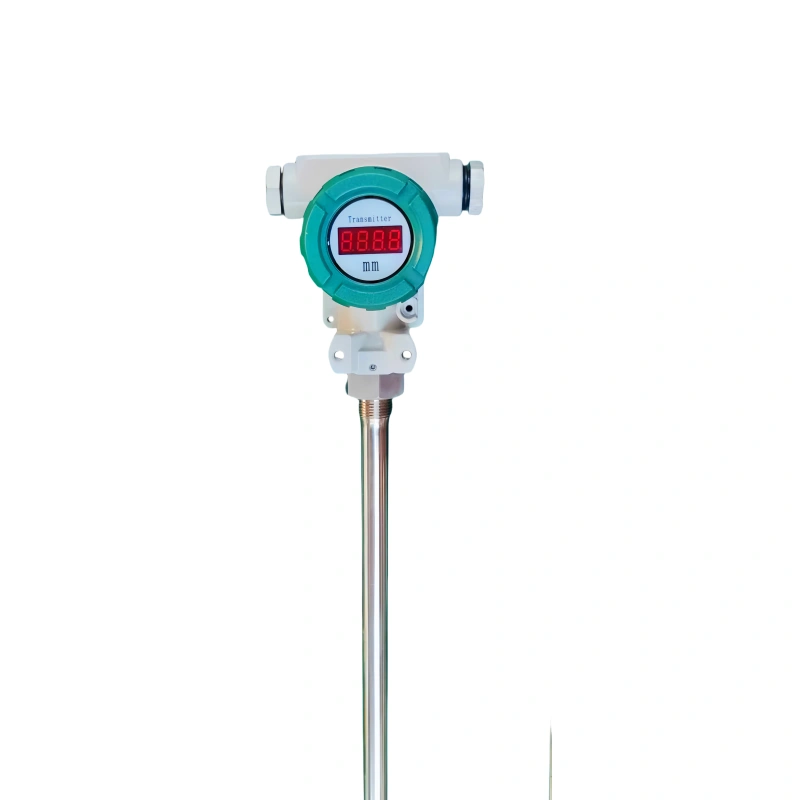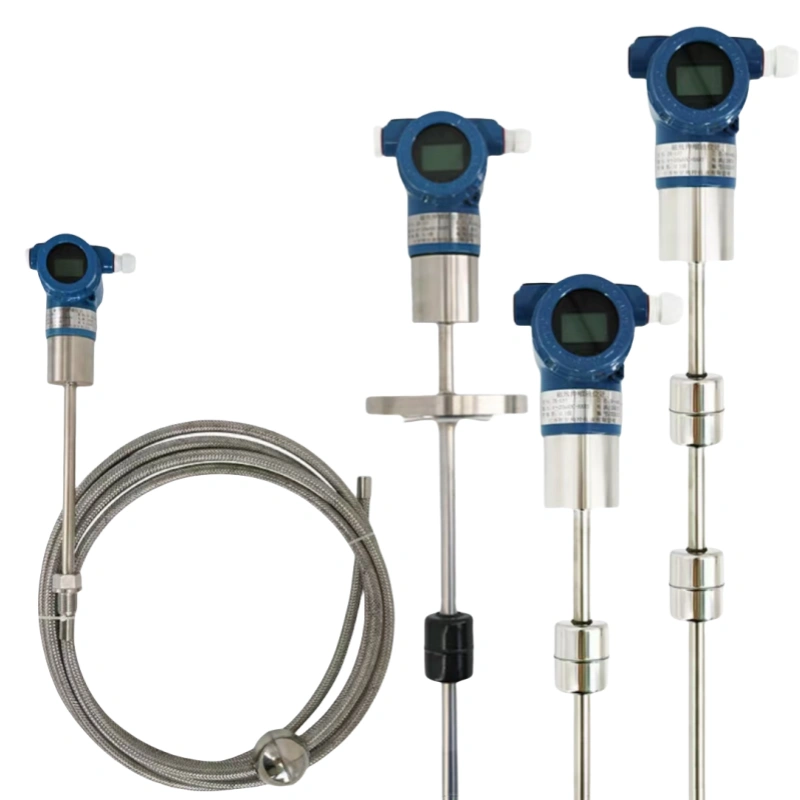Why is temperature and pressure compensation needed?
In the flow measurement of gas or steam, we will find that changes in temperature and pressure will have a great impact on the measurement results. This is because the density of gases changes with temperature and pressure. The density of gas is directly proportional to the flow rate. Therefore, changes in temperature and pressure can lead to inaccurate flow measurements.
Therefore, during measurement, the temperature and pressure of the gas to be measured are introduced into the flow measurement system, allowing the system to perform conversion compensation to make the measurement results as accurate as possible.
Generally speaking, most liquid measurements do not require compensation, while the density of gases, steam and some liquids will change with changes in temperature and pressure, so temperature and pressure compensation is required.
How does the vortex flowmeter achieve temperature and pressure compensation?
Generally speaking, this needs to be achieved through the following steps:
- Measure temperature and pressure
First, we need to measure the temperature and pressure of the gas or steam. This can be achieved by installing temperature and pressure sensors. Generally speaking, we need to install the probes of the temperature and pressure sensors close to the vortex flowmeter to avoid errors caused by long distances. This is what we often call integrated temperature and pressure compensation. - Calculate the correction coefficient
Next, we need to calculate the correction factor based on the measured gas temperature and pressure. The calculation formula of the correction coefficient can be derived based on the gas state equation and Bernoulli’s theorem. Generally speaking, we can calculate the correction coefficient through the following formula:
K=Z0+B*P*ΔT/(P0*Z)
K is the correction coefficient,
Z0 is the gas parameter under standard conditions (generally taken as 293.15 K),
B is the gas compression coefficient (for ideal gas, B=0),
P is the absolute pressure of the gas (unit is Pa),
ΔT is the temperature difference between the gas temperature and the standard temperature (unit: degrees Celsius),
P0 is the standard atmospheric pressure (unit: Pa),
Z is the gas compressibility index (for an ideal gas, Z=1). - Correct flow measurement results
Finally, we need to multiply the flow measurement by a correction factor. In this way, the influence of temperature and pressure changes on the flow measurement results can be corrected and the measurement accuracy can be improved.

